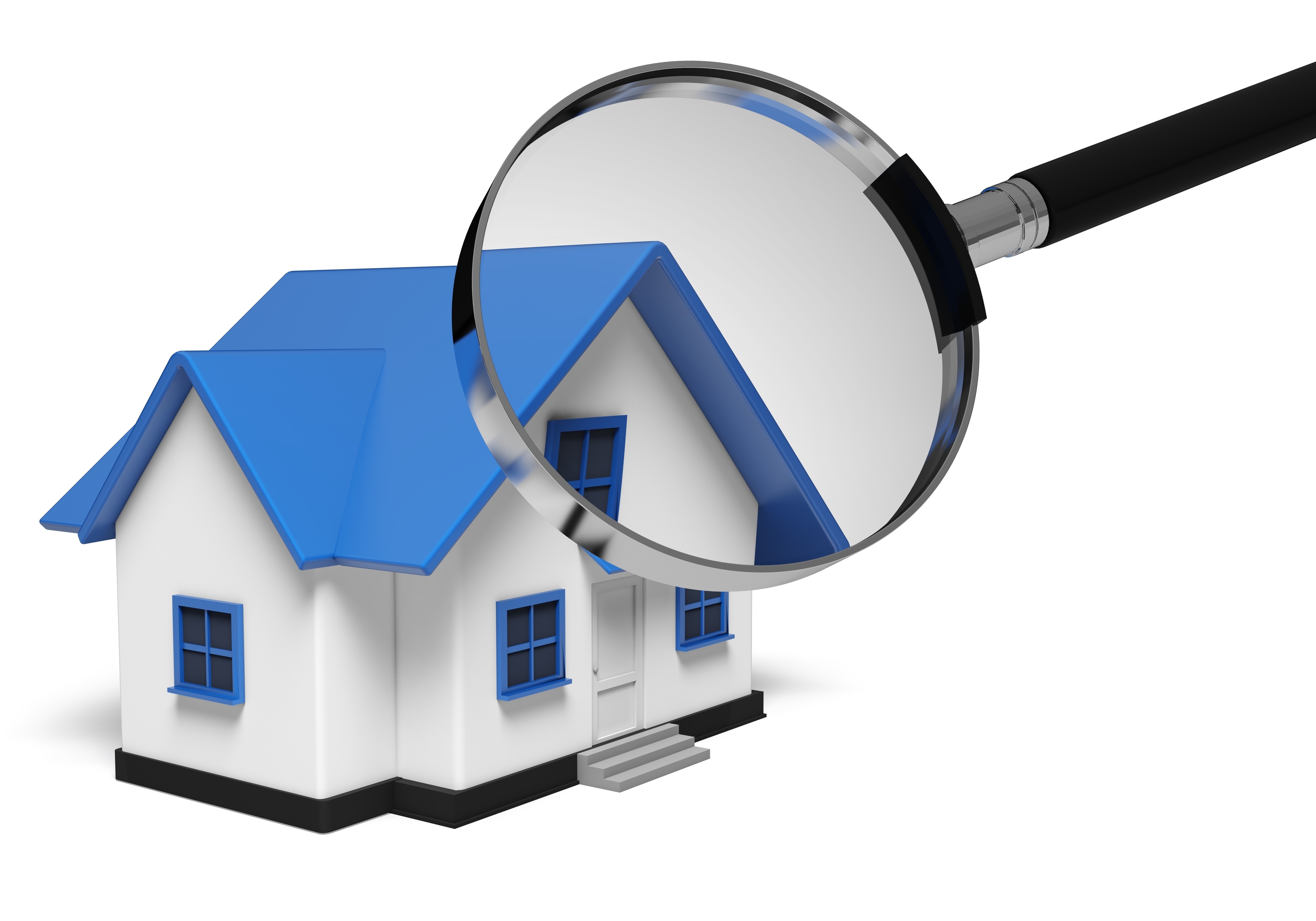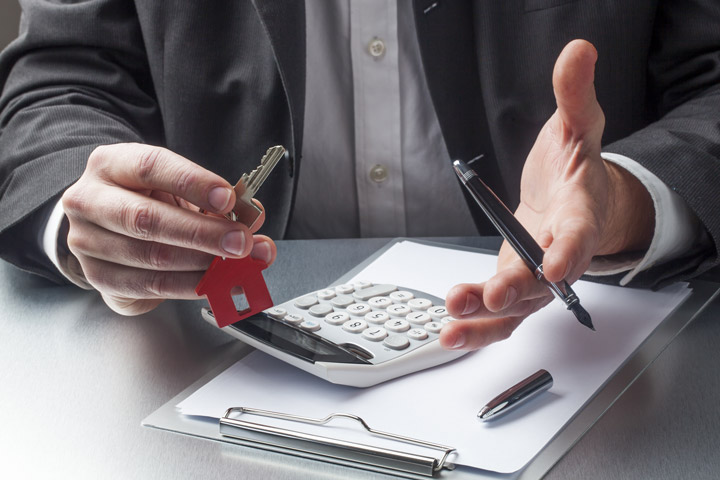
Understanding AppraisalsA home purchase can be the most significant transaction some may ever make. Whether it's where you raise your family, a second vacation property or an investment, the purchase of real property is a detailed transaction that requires multiple parties to make it all happen. The majority of the people participating are quite familiar. The real estate agent is the most familiar person in the transaction. Then, the mortgage company provides the money required to finance the deal. And the title company makes sure that all aspects of the exchange are completed and that the title is clear to transfer from the seller to the purchaser. So, what party makes sure the value of the real estate is in line with the amount being paid? This is where you meet the appraiser. We provide an unbiased estimate of what a buyer could expect to pay — or a seller receive — for a parcel of real estate, where both buyer and seller are informed parties. A licensed, certified, professional appraiser from Village Appraisal Ltd. will ensure, you as an interested party, are informed. Appraisals begin with the property inspectionOur first responsibility at Village Appraisal Ltd. is to inspect the property to ascertain its true status. We must actually view features, such as the number of bedrooms and bathrooms, the location, living areas, etc, to ensure they really exist and are in the condition a reasonable person would expect them to be. To make sure the stated size of the property is accurate and document the layout of the property, the inspection often includes creating a sketch of the floorplan. Most importantly, the appraiser looks for any obvious features - or defects - that would have an impact on the value of the property. Once the site has been inspected, an appraiser uses two or three approaches to determining the value of the property: a sales comparison, a replacement cost calculation, and an income approach when rental properties are prevalent. 
Replacement CostThis is where we pull information on local building costs, labor rates and other factors to derive how much it would cost to replace the property being appraised. This estimate commonly sets the maximum on what a property would sell for. It's also the least used method. 
Paired Sales AnalysisAppraisers get to know the communities in which they appraise. They innately understand the value of specific features to the people of that area. Then, the appraiser researches recent transactions in close proximity to the subject and finds properties which are 'comparable' to the property in question. By assigning a dollar value to certain items such as fireplaces, room layout, appliance upgrades, additional bathrooms or bedrooms, or quality of construction, we add or subtract from each comparable's sales price so that they are more accurately in line with the features of subject.
After all differences have been accounted for, the appraiser reconciles the adjusted sales prices of all the comps and then derives an opinion of what the subject could sell for. When it comes to putting a value on features of homes in Lancaster and Fairfield, Village Appraisal Ltd. can't be beat. The sales comparison approach to value is typically given the most weight when an appraisal is for a home purchase. Valuation Using the Income ApproachA third method of valuing real estate is sometimes employed when an area has a reasonable number of renter occupied properties. In this situation, the amount of revenue the real estate yields is taken into consideration along with other rents in the area for comparable properties to give an indicator of the current value. ReconciliationCombining information from all applicable approaches, the appraiser is then ready to put down an estimated market value for the subject property. Note: While this amount is probably the most reliable indication of what a house is worth, it may not be the final sales price. Depending on the specific situations of the buyer or seller, their level of urgency or a buyer's desire for that exact property, the closing price of a home can always be driven up or down.But the appraised value is often used as a guideline for lenders who don't want to loan a buyer more money than the property is actually worth. Here's what it all boils down to, an appraiser from Village Appraisal Ltd. will help you get the most fair and balanced property value, so you can make profitable real estate decisions. |